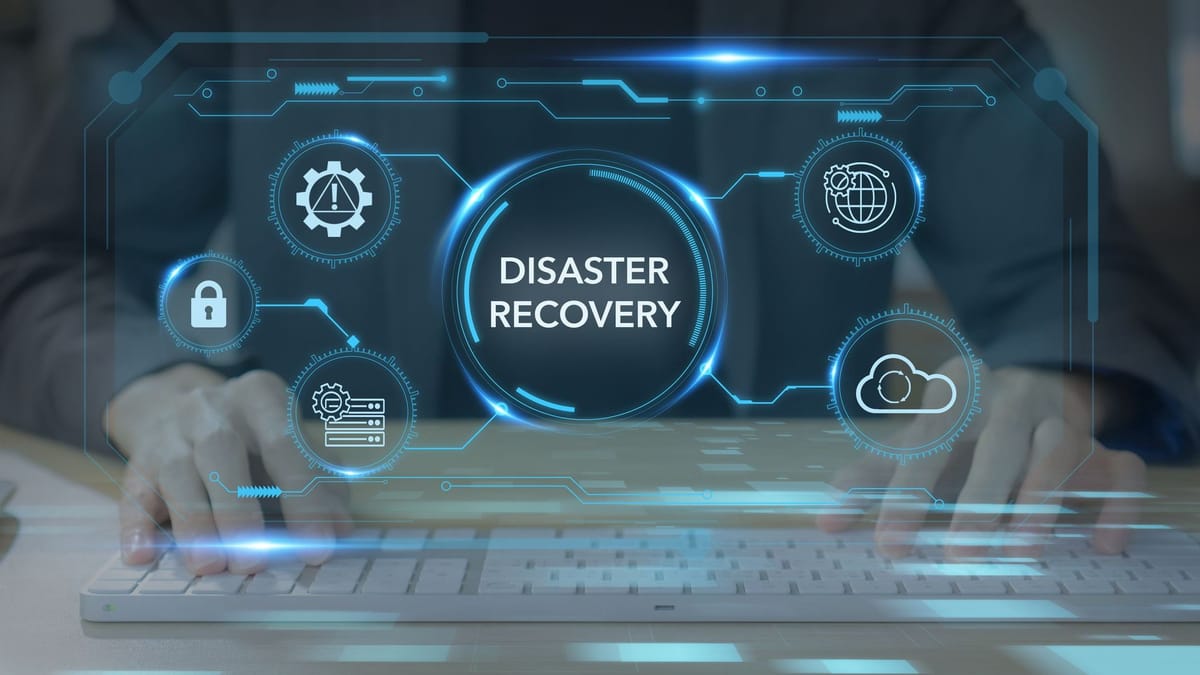Disaster Recovery: Protecting Your Data and Your Clients

In diligence, one of the first things buyers want to know is whether your business can survive the unexpected. That’s what a disaster recovery program is really about. It’s not just documentation for auditors. It’s proof that when something goes wrong - and it always does - you can protect your most important assets and get back online quickly.
Many founders hear "disaster recovery" and think of earthquakes, floods, or data center fires. Those things matter, but the truth is most disasters are human. Someone pushes the wrong code to production. A user gets phished and their credentials are used to wreak havoc. A ransomware attack locks up critical data. A third-party vendor goes down. These are the real scenarios that test your resilience.
What Happens When Someone Makes a Mistake
Sometimes the disaster isn’t malicious at all. It’s just human error. An engineer drops a database table. An admin accidentally deletes a bucket of production files. Without a recovery program, those mistakes can turn into prolonged outages or even permanent data loss. With one, they’re bumps in the road - recover the data from backup, roll back the deployment, and keep moving.
Buyers want to see that you don’t rely on luck here. Do you take regular backups? Have you tested restoring them? Is there a defined process for rolling back code? If the answer is no, they’ll assume the worst.
When Users Get Phished
Phishing attacks are one of the easiest ways for attackers to get in. All it takes is one employee clicking the wrong link. Without a recovery plan, that can spiral into stolen data, compromised systems, and angry customers. With a plan, you detect the intrusion, contain it, rotate credentials, and restore any impacted systems from a clean state.
This isn’t just about security - it’s about continuity. Buyers know people make mistakes. They want confidence that those mistakes won’t cripple the business.
Ransomware and Data Protection
Ransomware is one of the scariest scenarios in diligence conversations. If an attacker locks your data and you don’t have a way to recover, you’re stuck. Either you pay, or your business grinds to a halt.
A good disaster recovery program makes ransomware survivable. Immutable backups, stored separately from production, let you rebuild without paying attackers. Regular testing ensures those backups are actually usable. Without that, ransomware can destroy trust and valuation overnight.
When the Unexpected Hits
Of course, sometimes it really is the big stuff: cloud regions go down, vendors have outages, or your own infrastructure fails in ways you didn’t predict. A disaster recovery plan is what separates companies that are offline for hours versus weeks. It defines your recovery point objectives (how much data you can lose) and recovery time objectives (how fast you can come back). It spells out who does what, in what order, and how customers are notified.
Why Buyers Care
From a buyer’s perspective, disaster recovery is about predictability. They know bad things will happen. They want proof you can handle them without losing customers, destroying trust, or halting growth. A weak or nonexistent DR plan is a huge red flag, because it signals that the first big incident could be catastrophic.
What they want to see is simple: backups that work, tested restoration procedures, documented playbooks for incidents, and a team that’s practiced enough that the response is muscle memory. Show that, and you turn disaster recovery from a liability into a point of confidence.
Wrapping It Up
Disaster recovery isn’t optional. It’s the safety net that protects your data, your clients, and ultimately the value of your business. Human mistakes, phishing, ransomware, outages - they’re all coming sooner or later. The question is whether you’ll be prepared.
A strong DR program tells buyers you’re ready for the worst. It reassures customers that you’ll be there when they need you. And it gives you peace of mind that when disaster strikes, it won’t take the whole business down with it.




